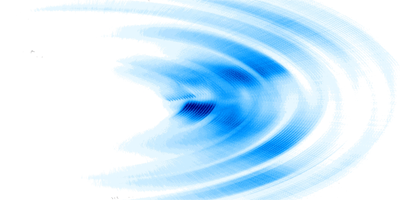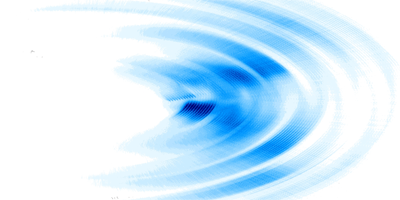A Blast of Gamma Rays and Positrons
The next generation of ultrahigh-power lasers, reaching the range of 10 petawatts, will enable new light-matter interactions, according to simulations published in Physical Review Letters. Christopher Ridgers of the University of Oxford, UK, and his colleagues have shown that 10 petawatt pulses hitting an aluminum foil could produce an electron-positron plasma 10 million times denser than any previous experiment, as well as a record-breaking intensity of gamma rays. These conditions would allow studies of conditions similar to those in plasmas produced by black holes and pulsars.
The team had to account for so-called nonlinear quantum electrodynamic (QED) processes that involve many photons interacting and that were not important in previous simulations of lower-power lasers. In particular, the two processes they considered are synchrotron radiation (gamma rays) from electrons accelerated by the strong laser field and electron-positron pair production from gamma rays. Ridgers et al. modeled the feedback between these two effects and also the feedback between them and more conventional plasma physics phenomena, such as the reduction of the laser’s electric field when it propagates inside a dense plasma. The feedback between QED and conventional plasma processes led the team to call a plasma in this new regime a “QED plasma.”
Researchers have high hopes for the benefits of 10 petawatt lasers—they could improve cancer treatment as part of new ion acceleration systems, and they could provide attosecond pulses for metrology with unprecedented precision. But designers must account for the newly modeled QED effects as they work toward these applications, according to Ridgers et al. – David Ehrenstein





